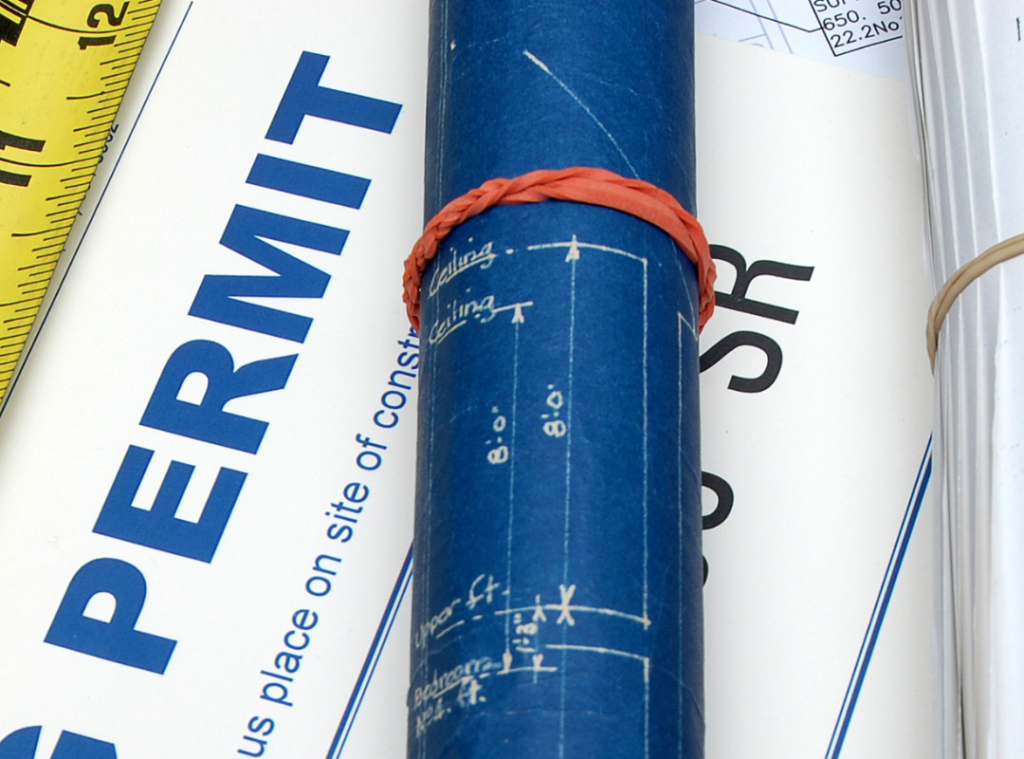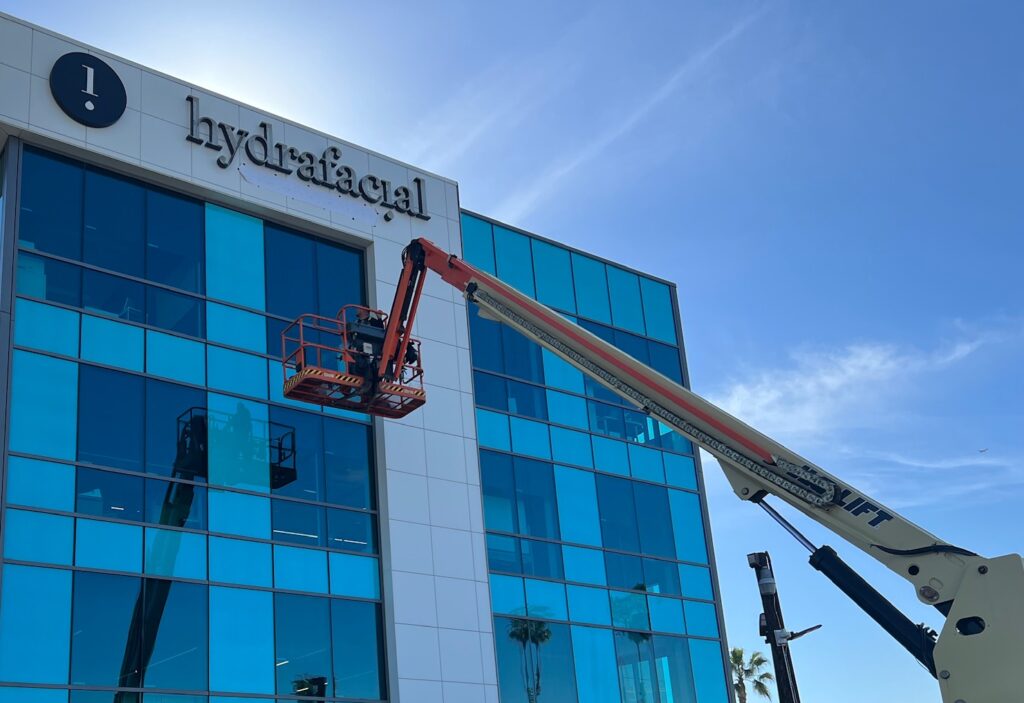Are permits required for my exterior building and monument signs?
Permits are typically required whenever a monument-style sign or large building sign is installed independently or affixed to an existing structure. The process of obtaining permits varies from city to city and should be investigated at the very beginning of your planning and budgeting processes.
GET THE SIGN PERMIT CHECKLIST>>
Stanco Signage has extensive experience working with clients and municipalities to design, fabricate, and legally install exterior signage for all types of businesses and schools. To receive our Signage Checklist, complete the quick form to the right or call us today at (800) 580-6668. You can also use our main Sign Request Form.
Navigating the permitting requirements for signage installations can be a complex and daunting process. It involves a deep understanding of local regulations, meticulous planning, and compliance with various standards.
The Stanco Signage Permit Checklist provides you and your facilities team with a look at the guidelines, standards, and compliance issues involved in the permitting process for monument signs, pylon signs, exterior building signs, and many other sign types.
Here are some of the most important topics you should be considering before you start spending time and money on your signage project:
Understanding Local Zoning Laws
The first step in the permitting process for any signage installation is to understand the local zoning laws that apply to your area. Zoning laws govern what types of signs can be installed, where they can be placed, and the sizes and heights that are permissible.

It’s really important to understand the details when planning your sign installation. Call Stanco Signage at (800) 580-6668 to get your project on track.
These laws are designed to maintain the aesthetic quality of the community, control traffic safety, and ensure that signs do not create visual clutter.
1. Sign Type and Size: Different zones may have restrictions on the type of signs allowed. For example, illuminated signs might be restricted in residential areas but permitted in commercial zones. The size of the signs will also be regulated, with specific height and width limits set based on the location and the type of road it faces.
2. Location: Zoning laws specify setback requirements from property lines, roadways, and sidewalks. Ensuring that your sign is placed within these guidelines is crucial to avoid penalties.
3. Historical Areas: Special provisions often apply in historical areas where maintaining the character of the neighborhood is critical. Signage in these areas may need to adhere to more stringent aesthetic guidelines.
Permit Application Process
Once you understand the zoning laws applicable to your location, the next step is the permit application process. This usually involves several key elements:
Do you have everything you need to submit your application? Call Stanco Signage at (800) 580-6668 to get your project on track.

1. Application Submission: You will need to submit a sign permit application to the local governing authority. This application should include detailed drawings of the proposed sign, including dimensions, colors, materials, and exact location on the property.
2. Site Plans: Along with the application, you may need to submit a detailed site plan that shows where the sign will be located in relation to the building and property boundaries. This is particularly important for freestanding signs.
3. Landlord Approval: If you do not own the property where the sign will be installed, written approval from the property owner will be required.
4. Fees: There will be a fee associated with the sign permit application. The amount can vary greatly depending on the size of the sign and the locality.
5. Review Process: The local sign authority will review the application to ensure it meets all zoning and safety requirements. This may involve a review by several departments, including zoning, building, and sometimes even aesthetic or historical preservation committees.
Compliance with Building Codes and Standards

Is your project in compliance with building codes and standards? Call Stanco Signage at (800) 580-6668 to get your project on track.
Building codes are another critical aspect of the signage permitting process. These codes ensure that all signs are structurally sound and installed safely.
1. Structural Integrity: Signs must be designed to withstand environmental factors such as wind, snow, and seismic activity. Detailed engineering drawings showing the sign’s foundation and structural supports might be required.
2. Electrical Safety: For illuminated signs, electrical compliance is crucial. This includes using UL-listed components and ensuring all wiring complies with the National Electric Code.
3. ADA Compliance: For businesses open to the public, signage must comply with the Americans with Disabilities Act (ADA). This includes ensuring that signage like room labels and directional signs are accessible and readable.
Importance of Compliance
Is your project in compliance with all legal, safety, and brand requirements? Call Stanco Signage at (800) 580-6668 to get your project on track.

Compliance with local regulations and building codes is not just a legal requirement but also a critical aspect of corporate responsibility.
1. Legal Repercussions: Non-compliance can lead to fines, legal disputes, and the requirement to remove or modify the signage at additional costs.
2. Safety: Properly installed and compliant signage ensures the safety of both pedestrians and motorists, reducing the risk of accidents related to poor signage visibility or structural failures.
3. Brand Integrity: Compliance also affects public perception. A business that flouts local laws may be seen as irresponsible by consumers and other businesses.

By thoroughly understanding and adhering to the permitting requirements, businesses can ensure that their signage projects enhance their visibility and contribute positively to their brand and community.
The signage permitting process involves detailed knowledge of local regulations, a thorough understanding of the necessary compliance standards, and meticulous planning. For businesses, navigating this process efficiently requires in-house expertise or a partnership with experienced signage companies like Stanco Signage Systems, which can manage the entire process from design to installation, ensuring compliance and quality at every step.

